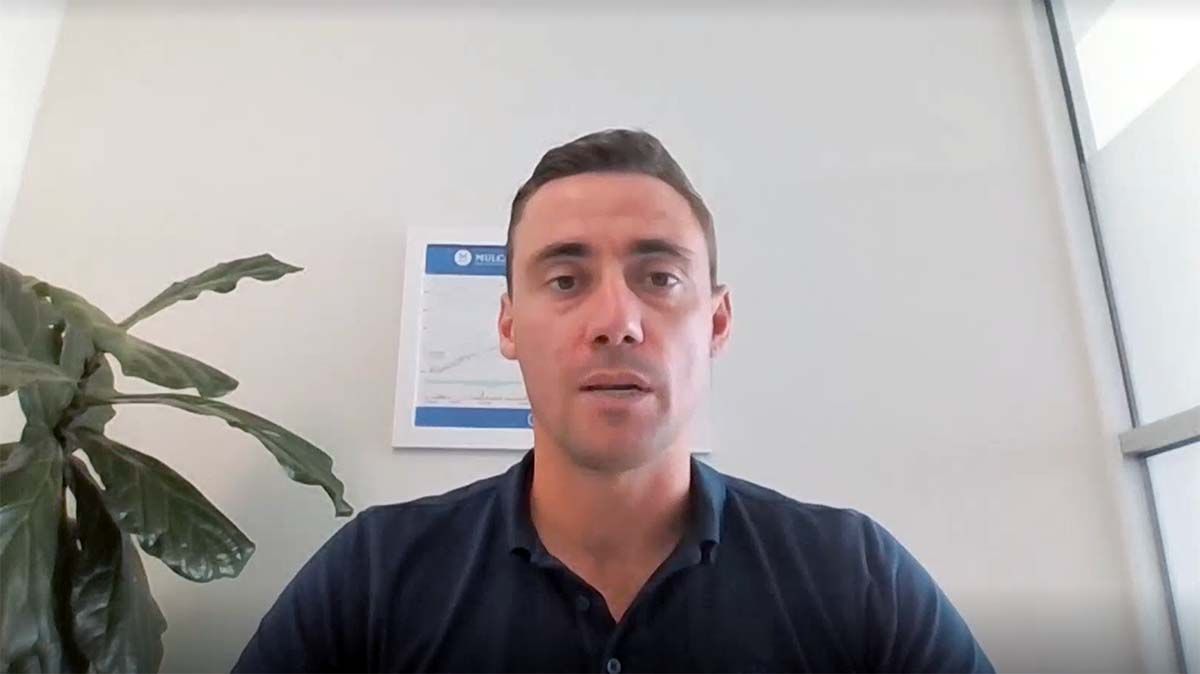Episode 66 of the FS360 Podcast - EOFY contributions and how they can save you tax
Financial Planners Jason Barnett and James Clough join host Gavin Nash to chat about this topic. The 'End of Financial Year' always poses an opportunity to act towards your best tax position. Hear from these 2 experts in this episode.
Episode 66
EOFY contributions and how they can save you tax!
Financial Planners Jason Barnett and James Clough join host Gavin Nash to chat about this topic. The 'End of Financial Year' always poses an opportunity to act towards your best tax position. Hear from these 2 experts in this episode.
Also available on Spotify, Apple & Google Podcasts.
FS360 Podcast – Episode 66
With tax brackets set to change next financial year, the end of the 2023/24 financial year could be the best time to act on tax saving strategies.
Talking with Gavin Nash on the FS360 Podcast, Mulcahy & Co financial planners Jason Barnett and James Clough elaborated on some of the changes that will be introduced.
“Contribution caps are increasing as of the 1st of July this year, so concessional contribution caps, which are our really tax friendly contributions, they’re increasing from $27,500 to $30,000 next financial year,” Barnett said.
“Then our non-concessional contributions are increasing from $110,000 to $120,000.
“The tax brackets are changing next financial year as well, so depending on where your taxable income does sit, potentially this year you may be paying quite a bit more tax than you would be next year.
“If you were thinking about different tax saving strategies, there might be more benefit doing it this year rather than next year.”
One potential path for those aged 60 or older is to withdraw money from their superannuation fund and contribute it back in.
This extends into unused concessional contributions which could save clients a significant amount of tax.
“At the age of 60, we can start to access a portion of our superannuation even if we are still working … you can actually access up to 10% of your superannuation every year,” Barnett said.
“Even if you’re not cutting back on work … what you can actually do is withdraw that 10% from your superannuation and use that money to contribute it straight back into your super.
“As silly as that sounds … potentially there’s quite a bit of tax to save by doing that.”
Example one: unused concessional contributions.
“What (unused concessional contributions) means is that if your (super) balance is less than $500,000, you can go back five years and use what’s known as unused contributions,” Clough said.
“Last year for example, if someone contributed $17,5000 out of a possible $27,500, their unused cap is about $10,000.
“If that has been the case over five years, they can go back and get $50,000 worth of unused contributions and dump them in (their super) this financial year.”
For Clough’s client who is aged 60 with $310,000 in their super and has a lot of unused contributions, he has been able to take out $30,000 from his super and put it back in and claim it as a tax deduction.
“They’re typically getting 32.5% of that $30,000 back in their tax but they’re paying 15% as it goes back in,” Clough said.
“There’s about a 17.5% net tax saving on that $30,000, approximately $5,000 that the client’s better off each year.”
Example two: selling an investment property
Clough discussed two of his clients who were selling their investment property and had a $300,000 gain that would be assessable. However, there were ways they could save on paying capital gains tax (CGT).
“It’s owned in joint names, so there’s a 50% discount … they’ve owned it longer than 12 months, so they get a 50% discount on that (CGT) as well,” Clough said.
“So, they’ve probably got about $75,000 going on top of their taxable incomes each … and they’ve gone pretty well within their business as well, they’re probably looking at heading towards that 45% tax bracket with this investment property.
“What we’ve discussed is contributing to super, they’re pretty close to 60 years of age, so they’ll be able to contribute a lot of that gain into the super fund … they’ve got those unused contributions because their balance is less than $500,000, so they’ll actually be able to put the full $75,000 in.
“(That will) change that going from probably what is going to be high 30-45% tax rate on that gain, down to 15%.”
Example three: buying a commercial property through your super
For those in the younger demographic looking to access their super in the short-term, one way is through contributing a gain to your super and using that money to purchase commercial property.
“(A client) had a fair gain on a property, we had the discussion around what he can contribute to super and he has a business, so the discussion revolved around potentially buying a commercial property that he can operate that business out of in future years,” Clough said.
“(Therefor the gain) wasn’t going to be locked away for good, he could use that money to then purchase a property to run his business through and then it goes from being what is now a cost to his business in terms of rent, whereas that rent (starts) going towards his retirement and building that nest egg.”







